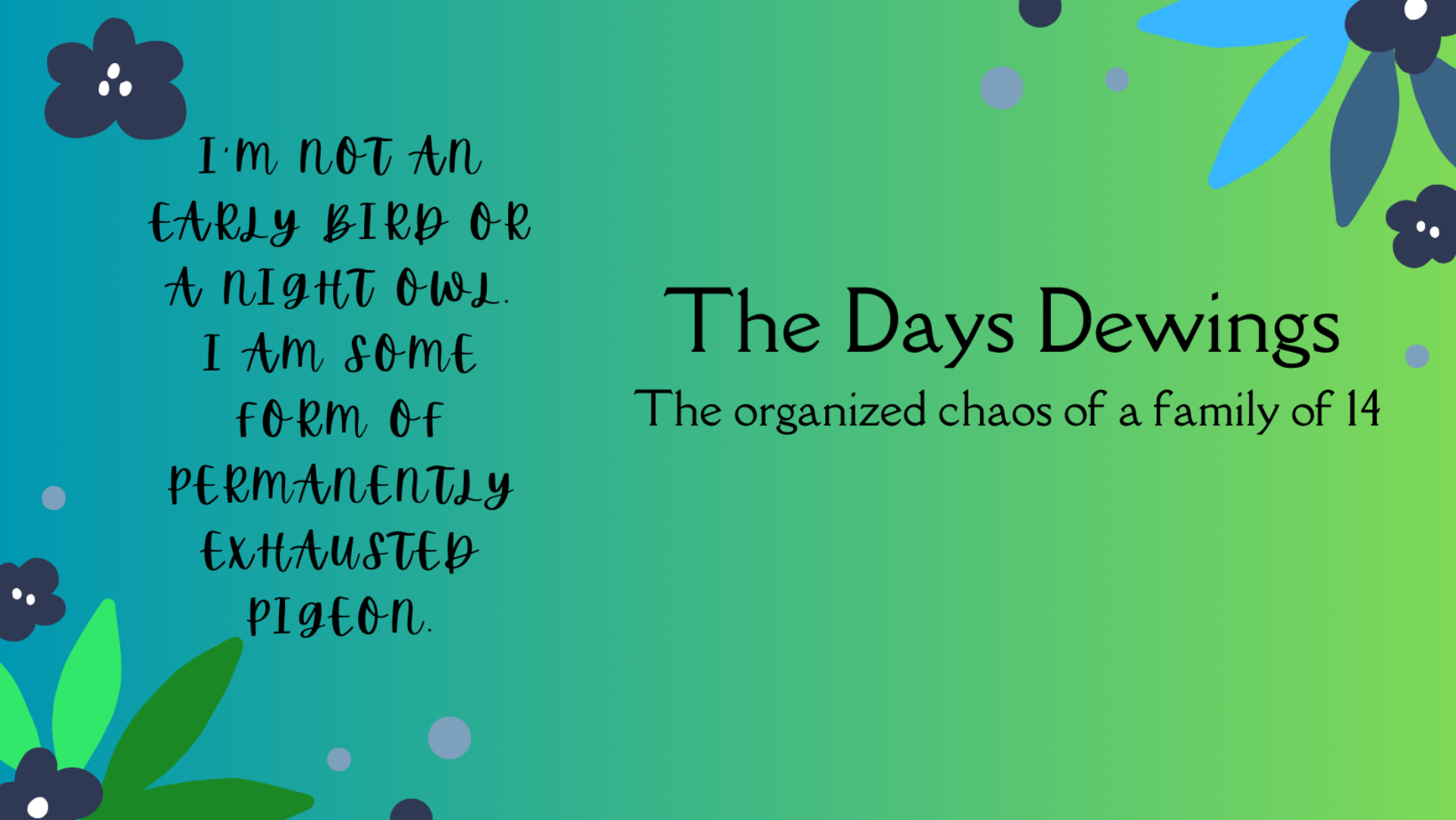Myth #1: Universal preschool programs for children aged three and four are necessary for success in school and in life and will save taxpayers money down the line.
The basis for this myth comes from an often cited and little understood forty-year-old study called The High/Scope Perry Preschool Project. In this project, conducted from 1962 to 1967, 123 low-income African American children were studied. Half were put in preschool programs at the ages of three and four and were given other extra educational help; the others were not. Throughout the next forty years (1962-2002), their lives were compared, and the pre-schooled students in the study were generally found to more often perform at grade level, earned more as adults (60% were earning more than $20,000 in their forties compared with 40% in the control group), had longer marriages, higher graduation rates, and lower amounts of time spent in prison. Throw in some “creative” mathematics (the NEA alleges that these students ultimately earned $2,000 more per month than the others, even though the study does not say that at all),0 and the result is a plan that looks as if it were actually saving the taxpayers money when they invest in preschool programs. Many politicians are completely snowed by this study. Even BusinessWeek quoted it to show what a great bargain preschool education is.
However, the problem with this study (other than the ridiculous conclusions drawn from so small a study) is that it is filled with flaws. First, the students had teachers who worked with them intensely at school and even came to their homes once a week to work with them (show me the preschool teacher who does that!). Of course, the intense attention and weekly home visits probably also impacted the parents’ view of the importance of the child and his education, which was a likely factor. Also, according to the High/Scope Perry Preschool Project, at age five, 67% of the preschooled students had IQs of 90 or higher, compared to only 28% of the non-program group, causing one to wonder which group had the most intellectual potential to begin with. Next, the program cost $10,600 per child in 2005 dollars (according to BusinessWeek). It is hard to see how taxpayers can ever get that money back. Third, no one has ever been able to replicate these results, according to an article published by the Cato Institute.
Other studies highlight another big hole in the preschool myth: its temporary nature. In an article titled “Preschool in the Nanny State,” which was originally published in The Weekly Standard, the author, Darcy Ann Olsen, states: “The most comprehensive synthesis of Head Start impact studies to date was published in 1985 by the Department of Health and Human Services. It showed that by the time children enter the second grade, any cognitive, social, and emotional gains by Head Start children have vanished. By second grade, that is, the achievement scores, IQs, achievement-motivation scores, self-esteem, and social behavior scores of Head Start students are indistinguishable from those of their demographically comparable peers. The net gain to children and the taxpayers is zero.”
However, newer studies indicate that the plight of the preschooler may be worse, at least for those from “better-off” families. A study conducted at UC Berkeley examined 14,000 kindergarteners across the nation to determine the overall effects of preschool. The study concluded that though preschoolers generally performed better at cognitive functions such as pre-reading and math, their behavioral problems increased. “The biggest eye-opener is that the suppression of social and emotional development, stemming from long hours in preschool, is felt most strongly by children from better-off families,” commented Bruce Fuller, a UC Berkeley sociologist and co-author of the study titled “The Influence of Preschool Centers on Children’s Development Nationwide: How Much Is Too Much?”
those from “better-off” families. A study conducted at UC Berkeley examined 14,000 kindergarteners across the nation to determine the overall effects of preschool. The study concluded that though preschoolers generally performed better at cognitive functions such as pre-reading and math, their behavioral problems increased. “The biggest eye-opener is that the suppression of social and emotional development, stemming from long hours in preschool, is felt most strongly by children from better-off families,” commented Bruce Fuller, a UC Berkeley sociologist and co-author of the study titled “The Influence of Preschool Centers on Children’s Development Nationwide: How Much Is Too Much?”
“These negative social behaviors children are displaying are getting worse,” explains Denise Kanter. “A child’s success in life and academic performance hinges on their healthy social and emotional development. Young children need to be home bonding with mothers and fathers.”
Myth #2: Children should be required to attend full-day kindergarten programs.
Okay, let’s look past the whole issue of whether starting school earlier is of any lasting benefit and the issue of whether compulsory attendance laws are really such a good idea at all. Those are topics for another day. The point here is that people are being told that children age five not only need to attend school, but need to be there all day.
However, a recent 2006 study by the Rand Corporation highlighted a fact about all-day kindergarten that you probably have never heard mentioned. According to the study, “Attendance in a full-day kindergarten program had little effect on reading achievement but was negatively associated with mathematics achievement and the development of nonacademic school readiness skills.”
The study, titled School Readiness, Full-Day Kindergarten, and Student Achievement: An Empirical Investigation, went on to explain: “Children who participated in a full-day kindergarten program demonstrated lower levels of nonacademic readiness skills through the fifth grade, including poorer dispositions toward learning, lower self-control, and worse interpersonal skills than children in part-day programs. Children in full-day programs also showed a greater tendency to engage in externalizing and internalizing problem behaviors than did children in part-day programs.”
Most parents could tell you why this is: God did not make little children to sit still that long. They are just not emotionally developed at that point. Before I had kids, I used to teach a multi-grade classroom of students who were in first, second, and third grades. The difference in emotional development between the first- and second-graders was amazing. The first-graders were much more sensitive, active, and emotionally needy. That is why they need parents more than ever in those tender years. When I had preschool-aged kids of my own, I knew that preschool and kindergarten would be futile for my active sons. At least three of them would have been labeled as “problem children” and given medication within the first month, for two were perpetual talkers and one was a wriggler. Maybe that is why one out of eight children in the U.S. today is now on Ritalin.
